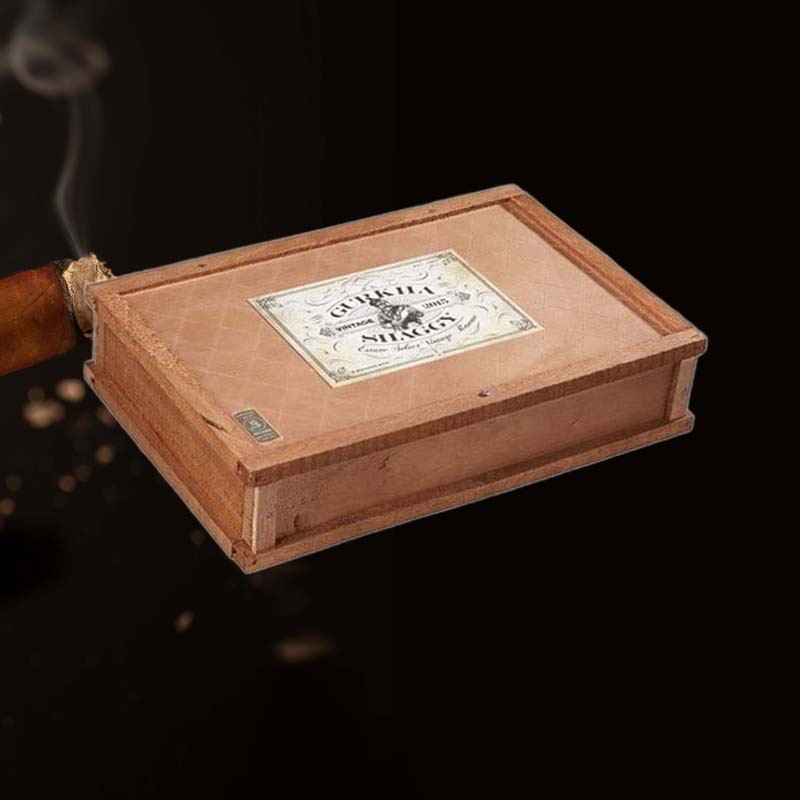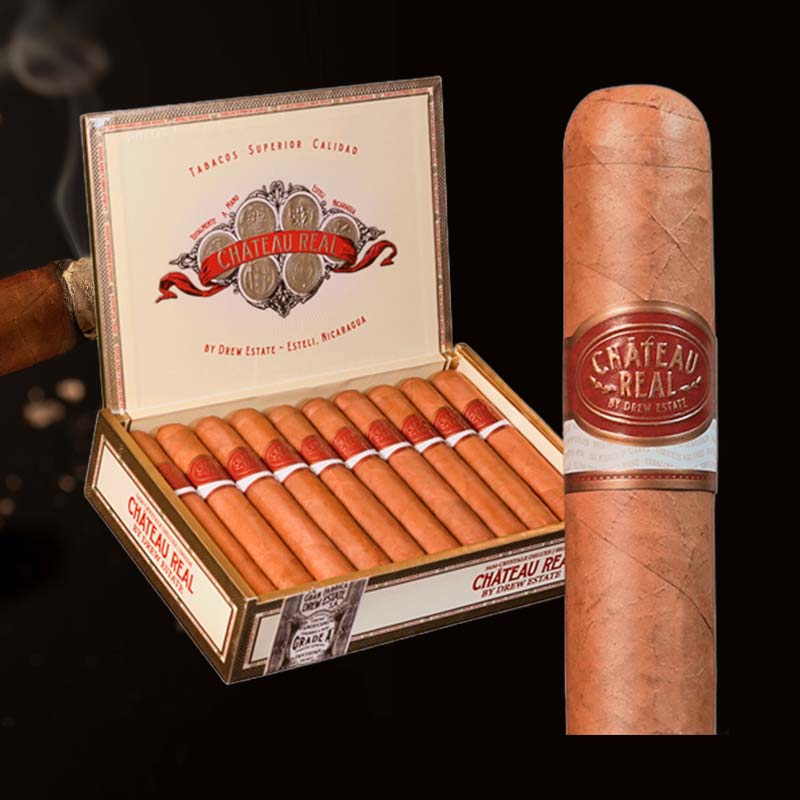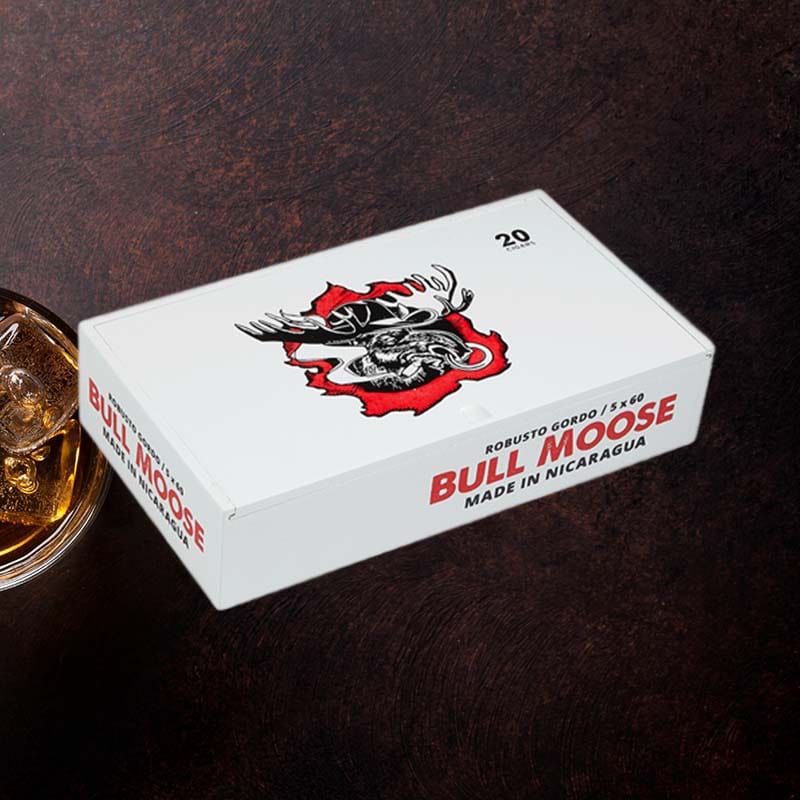How do butane torch lighters ignite
There’s something mesmerizing about watching a flame come to life, whether I’m lighting my favorite cigar or igniting a campfire during a chilly evening. Butane torch lighters are one of the most reliable tools for producing that perfect flame. In this article, I’ll take you on a journey through the fascinating world of butane torch lighters, exploring how they ignite, their components, maintenance tips, and more.
Butane Lighters Components
Understanding what makes a butane lighter work can deepen my appreciation for these handy devices. Let’s break down the key components:
Fuel Tank
The fuel tank holds pressurized butane gas, essential for the ignition. Its design ensures that butane remains contained until I’m ready to use it.
Flint Wheel or Piezoelectric Ignition System
This is the spark generator. If I use a flint wheel, it creates friction to ignite the gas. With a piezoelectric system, a press generates a spark without the need for flint.
Nozzle
The nozzle directs the flow of gas to where it meets the spark. It’s crucial for producing a focused flame that can easily light up even stubborn materials.
Ignition Button Mechanism
This is my command center. Pressing the ignition button allows gas to flow from the tank through the nozzle, ready to ignite.
How Butane Lighters Work
Butane Gas Combustion
Once I press the ignition button, butane gas is released and mixes with oxygen from the air; this is the key to combustion.
Spark Generation
As the gas is released, the flint wheel or piezoelectric mechanism generates a spark, igniting the gas.
Flame Production Process
The flame is produced when the ignited butane gas rapidly heats up. This intense flame is perfect for all my lighting needs, be it a cigar or a BBQ.
Types of Butane Lighters
Traditional Flint Wheel Lighters
These lighters remind me of classic cinema. A simple flick of the wheel produces that nostalgic spark.
Electric Butane Lighters
For a more modern approach, electric lighters utilize USB charging, making them eco-friendly and great for tech enthusiasts like me.
Torch Lighters
This type features a concentrated flame that’s ideal for lighting cigars or even culinary tasks. I love how effective these are in windy conditions!
Refilling and Butane Lighter Maintenance
Refilling the Fuel Tank
It’s essential for me to refill the tank when it’s low to ensure efficient usage. I simply follow the manufacturer’s instructions.
Cleaning the Nozzle
Regular cleaning keeps the nozzle clear of debris, ensuring a consistent flame every time. I make it a habit to check this often.
Maintaining the Ignition System
I always ensure that the flint or piezo system is functioning. This guarantees that I’ll get that spark in an instant.
Troubleshooting Common Issues
If my lighter is having trouble igniting, I check for butane levels, clean the nozzle, or replace the flint. It’s usually a quick fix!
Advantages and Safety Considerations
Reliability and Ease of Use
I often prefer butane torch lighters due to their reliability – they tend to ignite quickly and consistently, which is a boon for anyone who enjoys outdoor grilling or cigar smoking.
Consistent Flame Production
The adjustable flame makes it versatile for a variety of tasks, from lighting cigars to starting a campfire.
Safety Tips for Handling Butane Lighters
Always keep the lighters away from children, and handle them with care to prevent accidental ignition or burns. Regular inspections can help maintain safety.
The Basics of Jet Flame Lighters
The Mechanism Behind the Flame
Jet flame lighters have an intensified flame due to a more focused combustion process. They’re designed for high efficiency.
Jet vs. Torch Lighter
While both produce a strong flame, jet lighters are known for their slim profiles and portability, whereas torch lighters can produce a broader, more controlled flame.
Benefits of Using Jet Flame Lighters
Eco-Friendly Butane Lighters
Many jet flame lighters are reusable and refillable, making them a more sustainable choice compared to single-use lighters.
Cost-Effectiveness
They may seem pricier at first, but their longevity and refillable nature often save me money in the long run.
Choosing the Right Jet Flame Lighter
Factors to Consider
I consider my needs: Do I need it for indoor or outdoor use? The rugged design might be more suitable for camping.
Outdoor Enthusiasts: Identifying Your Needs
For camping trips, a lighter that can withstand wind and rain is crucial, ensuring that making fire is simple and efficient.
Aesthetics vs. Functionality
I love lighter designs that offer both style and usability. The right combination makes my smoking experience even more enjoyable.
Lighter Maintenance Tips
Regular Cleaning
Keeping my lighter clean ensures optimal performance. I spend a few minutes every now and then to wipe it down.
Storage Solution
Proper storage prevents damage or accidental ignitions. I keep mine in a protective case when not in use.
Troubleshooting Common Issues
If my lighter isn’t firing, I check for clogs in the nozzle first. Most problems are simple to solve!
Maintaining Your Torch Lighter: Cleaning, Bleeding, Refuelling
Bleeding
Bleeding is essential to remove excess gas, and I do this regularly to maintain optimal performance.
Cleaning
I use a soft brush to clean any dirt or residue that may have built up in the nozzle and around the lighter.
Refueling
I always ensure I’m filling up with high-quality butane for the best flame and performance.
How Does Air Get into the Lighter?
How to Bleed the Air
Bleeding the lighter involves releasing the gas to allow any trapped air to escape, ensuring a clear flow of butane.
After Bleeding & Filling Your Lighter
After I’ve bled my lighter, I always wait a few minutes before trying to ignite it again to allow the butane to settle.
How to Prevent Air from Getting In
Properly storing and regularly maintaining my lighter helps prevent air from entering the system, ensuring it works efficiently.
Use High-Quality Butane
Check the Flame
I always monitor the flame quality to ensure it’s burning correctly, as a weak flame indicates a problem.
Check the Flint
A worn flint can prevent ignition. I check mine regularly and replace it as needed.
Check for a Hissing Sound
If I hear a hissing sound, it often indicates a gas leak, which I address immediately for safety.
Bleed the Tank Before Refilling
This step ensures there’s no excess gas that could cause pressure issues.
Wait for Your Lighter to Warm Up After Refilling
A little patience goes a long way; waiting a few minutes helps settle the butane for optimal ignition.
Clean the Jets
Regularly checking and cleaning jets helps maintain a consistent and strong flame, allowing me to enjoy my lighting experience.
FAQ
How do butane lighters ignite?
Butane lighters ignite by releasing butane gas, which is ignited by a spark generated from a flint wheel or piezoelectric system when the ignition button is pressed.
How do butane lighters spark?
They spark either through a physical friction mechanism like a flint wheel or via electric ignition using a piezoelectric element.
How do butane lighters light?
A butane lighter lights by combining released butane gas with a generated spark, which ignites the gas and produces a flame.
How does a torch lighter igniter work?
A torch lighter’s igniter works by allowing gas to flow from the tank, which is then ignited by a spark from either a piezoelectric system or a flint wheel, creating a sustained flame.
















